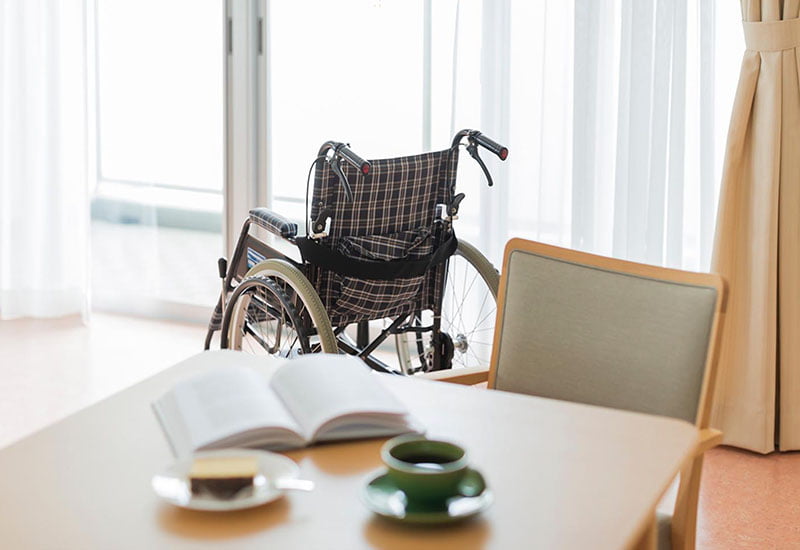The future of social care: investing in our ageing population
Despite the healthcare crisis we have faced since the COVID-19 pandemic began, people in the UK are living longer than ever before.
The number of people aged 65 years and over in the UK was 12.5 million in mid-2020 compared to just 10.3 million a decade before — and this figure is expected to continue rising steadily over the next 20 years.
Although this is widely considered a good thing, it also has significant implications for the future of social care. Research has proven that as life expectancy increases, so does the amount of time spent in poor health. Moreover, the higher the proportion of older people in society, the more people will need support from health and social care providers.
So, according to the NHS, if we do not improve our provisions and facilities for supporting older people, our national health services will struggle to meet the increasing demand for resources.
Addressing the need for more facilities
Since coronavirus irreversibly changed our outlook on health and social care, it is more crucial than ever to turn our attention to housing for older adults in the UK.
Care homes, nursing homes and other accommodation facilities provide a range of essential functions — from dementia care to palliative care — and residents often require 24-hour assistance. As a result, the role these homes play in maintaining healthcare standards is crucial. Without these facilities, NHS hospitals and GPs would be overwhelmed entirely — not to mention the social impact on non-critical residents, who depend on assisted living accommodation to remain housed, combat isolation and stay physically active.
On 7 September 2021, the government set out its ‘Build Back Better’ scheme and plans for the future of health and social care. The plans include introducing a new £86,000 cap on the amount anyone in England will need to spend on their personal care, alongside a more generous means-test for local authority financial support.
Although this is a positive step forwards for healthcare in England, research into pre-pandemic care home demographics found that between 2019 and 2020, approximately 36.7% of care home residents were self-funded. Studies have also shown repeatedly that the gap between the need for help and the receipt of support is widest for those on low incomes. So, if we are to cater to the needs of all older people in the near future, we must assess the standards and affordability of the housing options available — and provide better resources for healthcare workers.
Building care homes for a brighter future
The UK’s over-85 population is expected to grow from 1.6 million in 2020 to 2.1 million in 2030. Considering that 82% of the UK’s 85-year-olds have more than one long-term condition, the demand for care for our ageing population will increase rapidly.
However, an estimated 70% of the UK’s care homes are now 20 years old or more and becoming increasingly outdated. Care home developers are looking to create more fit-for-purpose facilities better equipped for efficient care. But struggling care homes are closing too frequently for new developments to improve the number of available beds significantly, and the pandemic only highlighted the need to invest in resources for society’s most vulnerable citizens.
As such, the government pledged to support social care reform and provide more choices for those receiving care. It will provide at least £150 million for new technology and digitisation to improve care quality, safety and independent living.
Alongside the government funding designated for housing development and repairs as part of its 10-year vision for social care reform, the healthcare sector is doing all it can to meet future demands for adequate housing. And input from independent property investors will play a crucial role in supporting the development of additional high-quality, well-situated facilities for the elderly.
Rynda Healthcare focuses on the care home and senior living markets. It has secured a significant investment from a leading London-based investor, with real estate assets under management of over €11 billion. If you are interested in learning more about our investment platform, contact us today.





